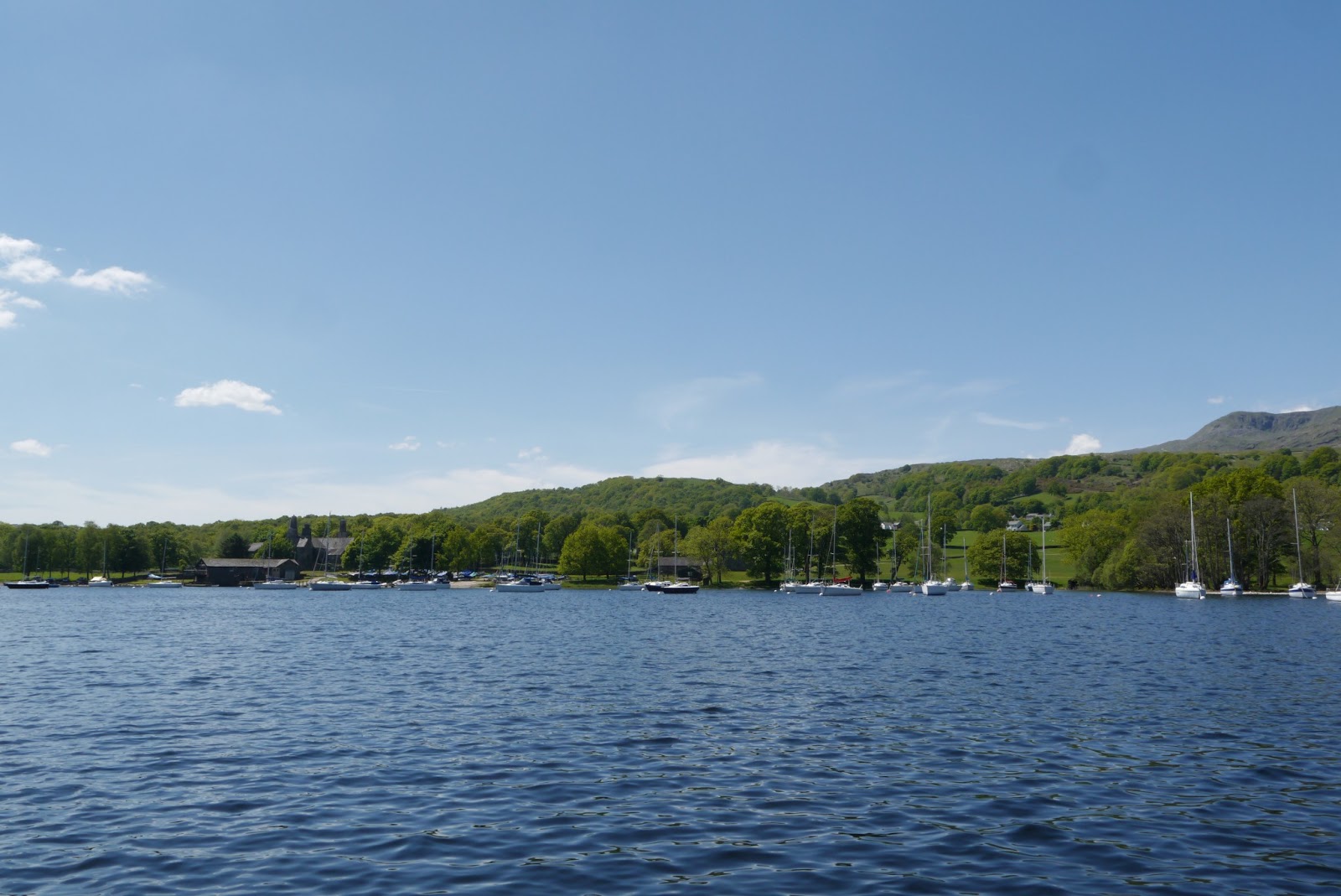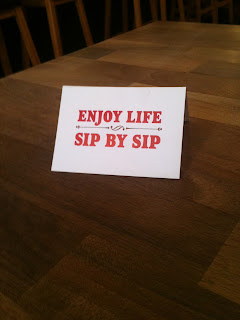As part of the media unit we had to try using film-both colour negative and colour transparency.
FILM...
Advantages
Disadvantages
FILM...
Advantages
- Image quality is better than digital. The resolution is higher and that means that more fine detail is recorded
- Greater range of tones and better highlights in film
- Good for long exposures (into the minutes) and can even do double exposure.
- Creates hard copies and can do contacts that can be physically stored
Disadvantages
- Slow process compared to digital and you have no way of seeing the results until they are developed
- There is a middle stage (i.e. negatives) which doesn't exist for
- Very expensive hardware and film for good quality film cameras.
- Film fades.
DIGITAL...
Advantages
Disadvantages
Advantages
- Very fast process from pressing the shutter and seeing them on a screen seconds later and you can have prints done within about 5 minutes if you wanted to.
- Easier to store images on disc and hard drives than boxes and cabinet like with film
- Potential to take more photographs than film
- Cheaper...you essentially by the hardware (which is cheaper than film anyway) and that is all you need (no film needed)
- Can easily create backups ('tis the beauty of Copy and Paste!)
Disadvantages
- Digital doesn't fade but hard drives and discs can be unreliable and you might lose your images so you end up having to have many backups which costs more and is more effort when backing up work,
- Poor quality images unless you buy a really high-end DSLR which is horrendously expensive
Again, this is like the question which is better Matte or Gloss. There isn't really a correct answer only which is better for a particular situation. For example for landscape photography, film would be better however for perhaps sports photography it might be better to use a digital camera so you can take as many images as you like without worrying.about cost and whether they'll come out OK.
Of course 'film' isn't just one type of film, there are many different types and the two we looked at were colour negative (CN) and colour transparency (CT)...
CN FILM: A strip of transparent plastic where the light areas are dark in the image and dark areas are light (hence 'negative')
Advantages
Advantages
- Good for highlights and shadows (greater range). This is called the exposure latitude and CN film has a wide exposure latitude
- Simpler to process
- Relatively cheap
- Needs to be printed or scanned to see the results
CT FILM: A strip of transparent plastic where the light areas are light in the image taken and dark areas are dark (produces a positive image)
Advantages
Advantages
- No need to develop...the film is the final product.
- Narrow exposure latitude
- Very complicated to process and often need to process them yourself at home because few places develop them for you.
- Expensive
I thoroughly enjoyed using these two film techniques. When was given a roll of CN film and a Canon digital SLR to go out and photograph with I could really tell the difference in the experience of using film compared to DSLRs. I loved the experience and I would love to pursue this in the future...perhaps when I have more comfortable financial means (basically I'm skint!). Here is a scan of the image that were produced from the CN film...
When we did the colour transparency image we had to think eve more about the settings, angle of view and the composition because we only had one shot each main;y because it was expensive and also we would have been fighting over the Large Format Camera (NB:See 'Camera Types' post for more information on Large Format). We had to ensure that the image was perfectly in the frame (which as someone not used to the inverted nature of the camera it proved more difficult than I care to admit). We even used a black cape thing on top of us to ensure that we could see the screen and check it was in focus.
























_large.jpg)





















